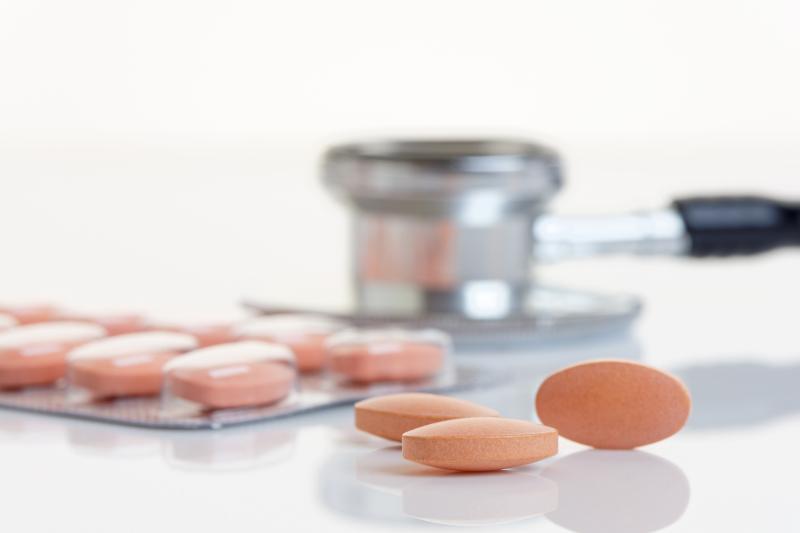 4 facts about cholesterol and statin you may not know
4 facts about cholesterol and statin you may not knowTreatment with topical cholesterol/lovastatin is effective and well-tolerated for patients with porokeratosis, results of a recent study have shown.
This highlights the value of a pathogenesis-based therapy that replaces deficient end products and prevents accumulation of potentially toxic precursors, according to the investigators.
A series of five porokeratosis patients (one with disseminated superficial actinic porokeratosis, two with porokeratosis palmaris et plantaris disseminate and two with linear porokeratosis) was included in this study that sought to assess the efficacy of topical cholesterol/lovastatin in different variants of the disease.
Patients were genotyped prior to treatment initiation. Subsequently, they applied topical cholesterol/lovastatin twice daily to a unilaterally defined treatment area for a duration of up to 3 months. The investigators then evaluated the response and photographed the patients at every visit.
MVD and PMVK mutations were present in three and two patients, respectively. Treatment with topical cholesterol/lovastatin, but not cholesterol alone, led to a near complete clearance of disseminated superficial actinic porokeratosis lesions after 4 weeks of therapy and to moderate improvement of porokeratosis palmaris et plantaris disseminate lesions and linear porokeratosis lesions.
No adverse events were reported. The study, however, was limited by its case series design and its small sample size.
“Porokeratosis is associated with mevalonate pathway gene mutations,” the investigators explained, adding that therapeutic options are few and often have limited efficacy.